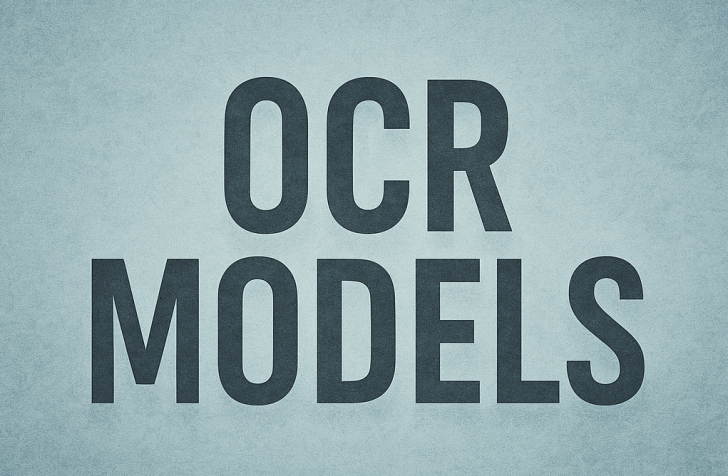While everyone chases the latest AI breakthroughs, one OCR model has been steadily improving in the background. olmOCR, an open-source system from the Allen Institute for AI, consistently delivers state-of-the-art results at a fraction of typical costs. Recent benchmarks show it beating well-known competitors like DeepSeek-OCR while processing documents for roughly $0.00018 per page.
It's a reminder that in AI, the loudest models aren't always the best ones.
What Started the Conversation
AI commentator Andi Marafioti recently tweeted: "Everyone hypes new OCR models, but olmOCR quietly updates every few months, stays SOTA, and costs $178 per 1M pages. Don't skip it — it even beats DeepSeek-OCR."
That observation captures something important happening in applied AI right now—how efficient, open models are redefining what's possible in document processing without massive budgets or marketing campaigns.
Built by the Allen Institute for AI, olmOCR is designed to extract text, tables, and structured content from PDFs, scans, and complex layouts. It uses a 7-billion-parameter vision-language model trained on over 260,000 documents and 100,000 unique PDFs. The system handles challenging layouts like scientific papers, multi-column text, equations, and even handwriting. What sets it apart is the combination of accuracy and cost—processing a page costs roughly $0.00018, far below commercial API prices.
Instead of flashy launches, olmOCR gets updated every few months with incremental improvements. It's the quiet workhorse of document AI—lean, transparent, and reliable.
Beating the Competition
Public benchmarks show olmOCR outperforming DeepSeek-OCR and similar models on both accuracy and cost. Its structured-layout extraction and precision with noisy or low-contrast images often surpass closed-source alternatives. The difference comes down to approach: olmOCR doesn't need massive compute budgets or marketing teams. Its open-source nature enables faster community-driven updates, and continuous refinements have made it one of the most dependable tools for enterprise OCR workflows.
That consistent improvement is exactly what caught people's attention—a model that keeps getting better even when nobody's watching.
So why isn't it more widely known? Probably because it lacks the visibility that comes with big corporate backing. Most cutting-edge AI tools dominating social media are proprietary, heavily funded, or linked to major tech companies. olmOCR comes from the research world and focuses more on functionality than publicity. Many developers overlook it simply because it's not promoted through large-scale marketing or splashy product launches. But in technical forums and open-source communities, it's gained a solid reputation as one of the most dependable OCR engines available.
OCR might sound like old technology, but it's actually foundational to modern AI. Every major language model—GPT-4, Claude, Gemini—depends on high-quality text data, and much of that text starts as images or PDFs. If the OCR step fails, everything downstream suffers. That's why accurate, affordable systems like olmOCR are critical. They power enterprise document indexing, legal and financial digitization, research archives, and training data pipelines for language models. As the volume of digitized documents explodes, cost-per-page efficiency becomes a strategic advantage.
The Cost Advantage
At $178 per million pages, olmOCR's economics are compelling. Commercial alternatives can cost 10 to 50 times more, especially enterprise APIs that charge per image or token. For organizations processing billions of pages—banks, government agencies, research institutions—the savings add up fast. Beyond price, olmOCR's transparent architecture lets teams self-host or integrate it into private workflows, giving full control over data privacy and compliance. That's something commercial cloud OCR services can't always guarantee.
 Peter Smith
Peter Smith

 Peter Smith
Peter Smith


